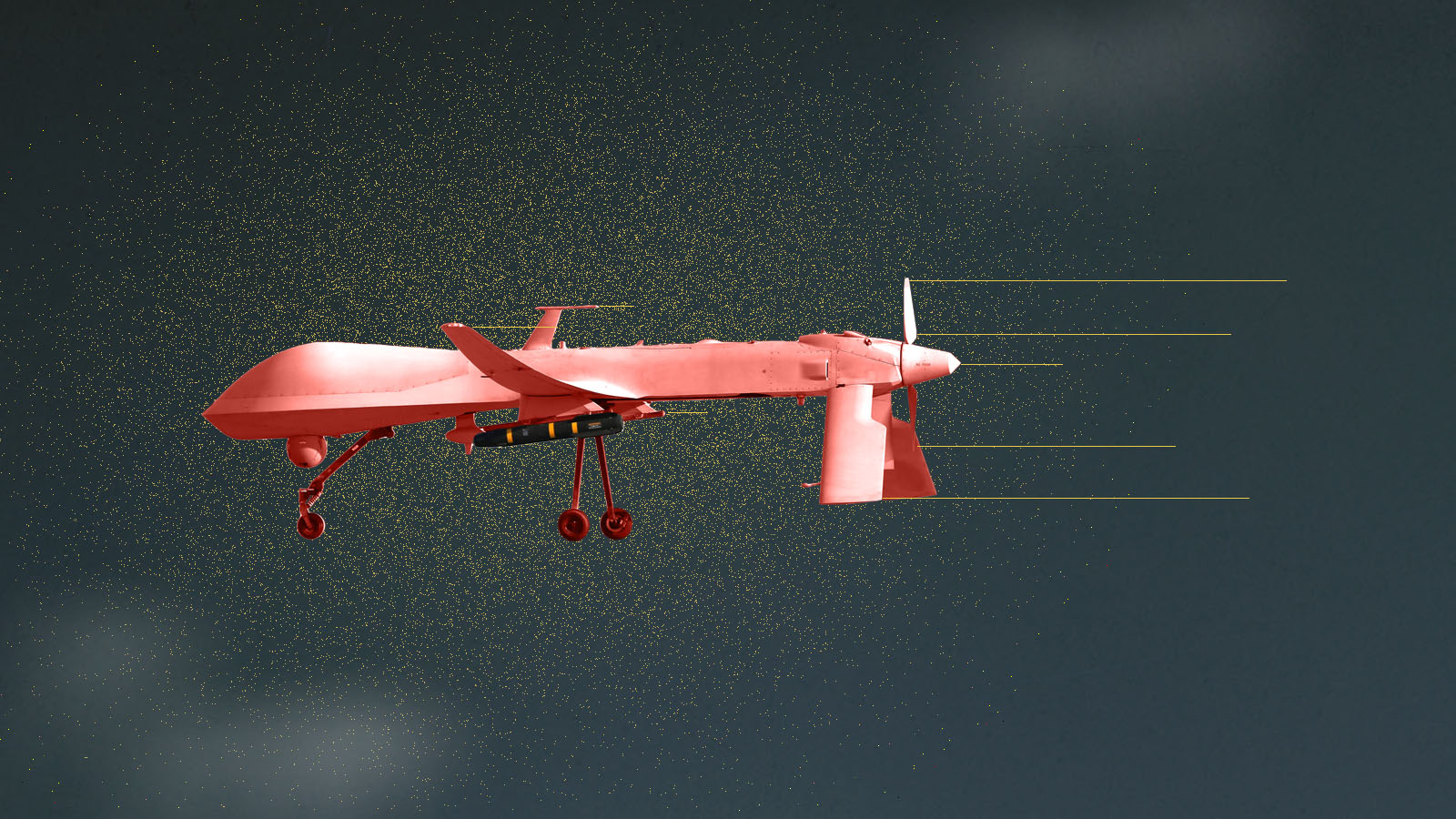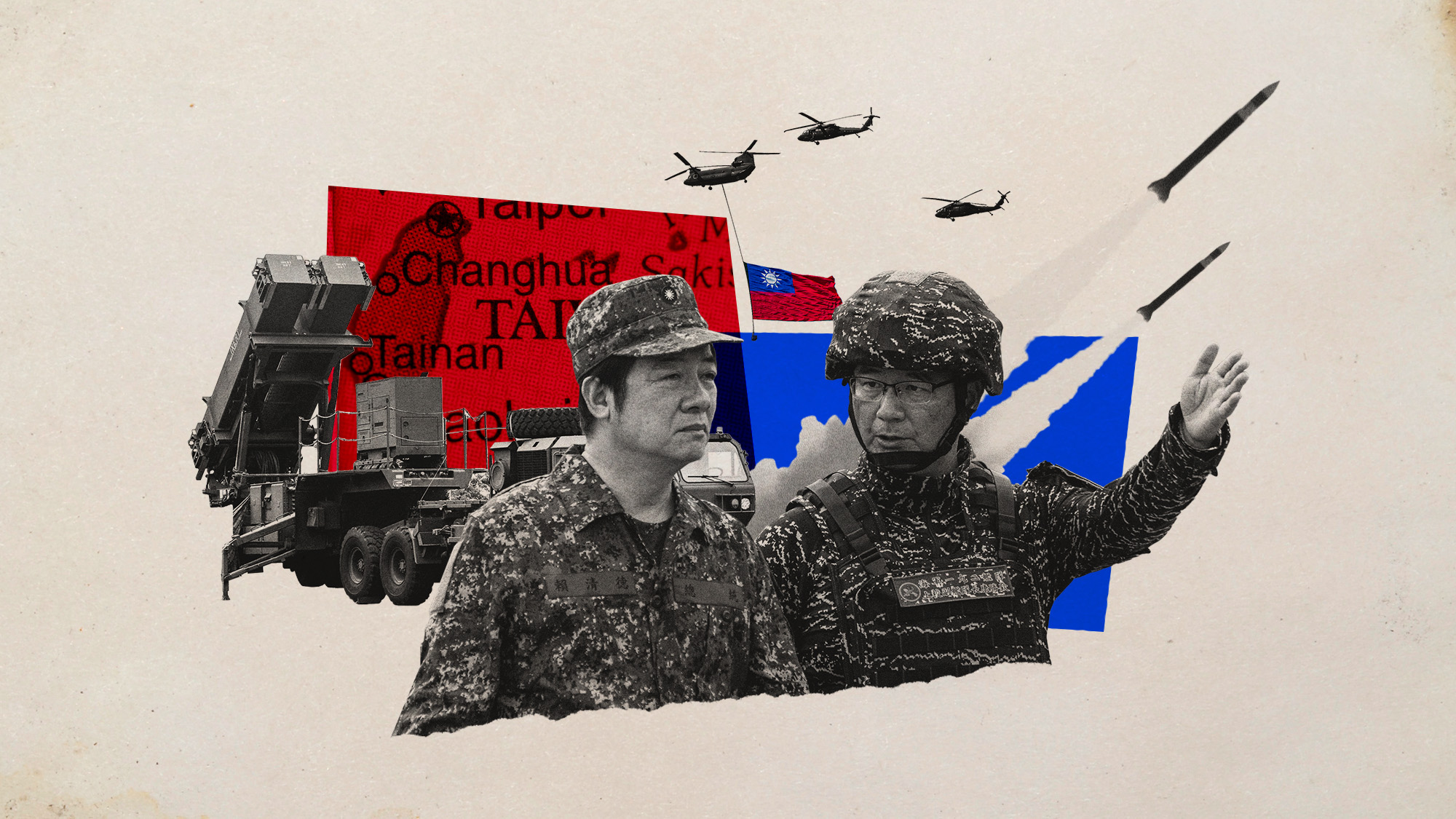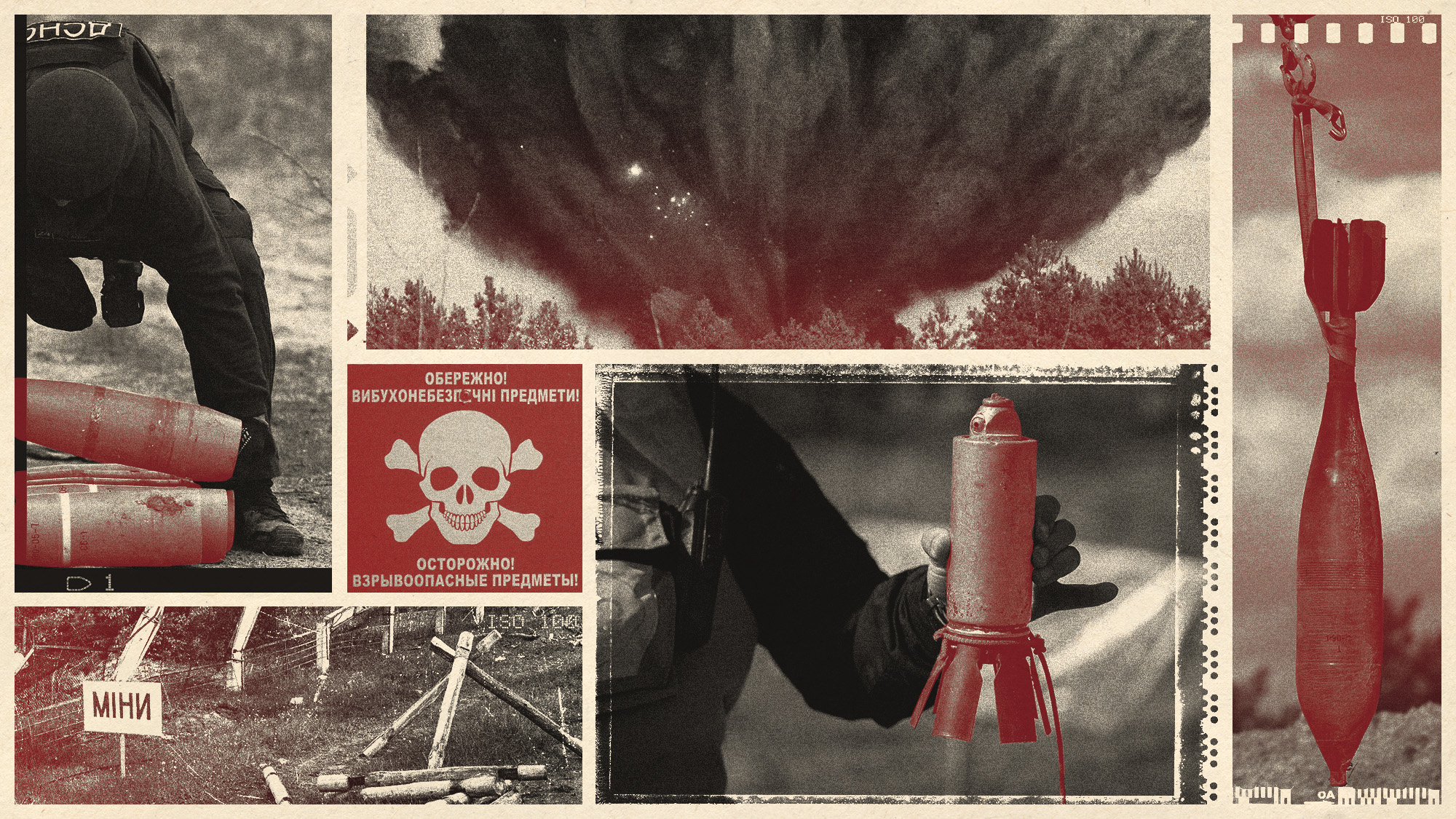How the U.S. killed Ayman al-Zawahiri — and only al-Zawahiri — with a R9X 'flying Ginsu' missile
Answer: Very carefully


When President Biden confirmed Monday that a U.S. drone strike had killed Al Qaeda leader Ayman al-Zawahiri at a villa in Kabul, Afghanistan, he said the operation had been "carefully planned" to kill only the longtime terrorist mastermind. "None of his family members were hurt, and there were no civilian casualties," Biden said.
Drone strikes, typically done using laser-guided Hellfire missiles, usually leave craters in the ground, but post-strike photos of the house al-Zawahiri was staying in showed minimal damage. That led to widespread speculation that the CIA had killed al-Zawahiri with a modified Hellfire called the R9X — and known colloquially as a "Ninja bomb," "knife bomb," or the "flying Ginsu," an homage to a popular infomercial knife that could purportedly cut through anything. Here's how the U.S. apparently managed such a precision strike:
What is the R9X?
The R9X is a specific type of AGM-114 Hellfire, a precision-guided rocket originally developed in the 1980s by Lockheed Martin as the anti-tank "Heliborne, Laser, Fire, and Forget Missile," later shortened to Hellfire. They are now typically fired from drones, helicopters, and other aircraft. Unlike most Hellfires, the R9X doesn't have a conventional explosive warhead. Instead, it has six rotating blades that cut through the target.
The Week
Escape your echo chamber. Get the facts behind the news, plus analysis from multiple perspectives.

Sign up for The Week's Free Newsletters
From our morning news briefing to a weekly Good News Newsletter, get the best of The Week delivered directly to your inbox.
From our morning news briefing to a weekly Good News Newsletter, get the best of The Week delivered directly to your inbox.
"It can do enough damage to destroy most targets such as vehicles and buildings while not doing enough damage to level city blocks and cause significant civilian casualties," Ryan Brobst, an analyst at the Foundation for the Defense of Democracies, tells The Associated Press.
The R9X was developed starting in 2011 in response to then-President Barack Obama's emphasis on avoiding civilian deaths in drone strikes against terrorist targets in Iraq, Afghanistan, Syria, and other conflict zones. It was created "for the express purpose of reducing civilian casualties," a former U.S. official told The Wall Street Journal in 2019, when the newspaper confirmed the R9X's existence and its use in at least two specific strikes, one by the Pentagon and the other by the CIA.
The R9X was used as early as 2017, though, against al-Zawahiri deputy Abu Khayr al-Masri in Syria. Photos of the car struck by the Hellfire variant showed a hole in which the missile cut through the roof and shredded its occupants, but no sign of an explosion.
How does it work?
Once the remote drone operator gets live visual confirmation of the target and gets permission to fire, the Hellfire follows laser guidance to the person marked for death. Before impact, the drone's six sharp blades deploy and start spinning rapidly using the five-foot-long rocket's kinetic energy — thus the "flying Ginsu" nickname.
A free daily email with the biggest news stories of the day – and the best features from TheWeek.com
The R9X is "clearly" something developed by "a couple of guys" who "got high as balls, looked at each other — and watched a bunch of Acme cartoons — and were like, 'Hey, what if we can drop an anvil from the sky?'" joked Dan Smock, a U.S. Army veteran and former USAID worker who told Task & Purpose he had lived in the Kabul house where al-Zarahawi was killed. "And then the guy next to him just finished watching infomercials for some reason because that's his thing, and he goes, 'Yeah, but what if we make it a Slap Chop anvil?'"
How did the U.S. find al-Zawahiri and know where he would be standing, alone?
U.S. officials reportedly tracked al-Zawahiri's wife and children to the villa, in Kabul's upscale Sherpur neighborhood, then learned that al-Zawahiri had moved in, too. Former senior CIA official Marc Polymeropoulos told BBC News it's likely the U.S. used human spies, signals intelligence, and other methods to confirm that al-Zawahiri was there. A Biden administration official also said the U.S. had examined the house's construction to ensure the drone strike wouldn't threaten its structural integrity or kill people in other parts of the villa.
Officials also said U.S. intelligence had studied al-Zawahiri's "pattern of life" at the house to discover his habits, and that's how they learned al-Zawahiri spent time alone on the top balcony each morning. "Reports said the CIA had intelligence that he liked to stand on the balcony, and I thought, 'Of course he would, it was a nice balcony,'" Smock told The Guardian.
The al-Zawahiri strike "sounds like a model application" of a targeted killing, William Banks at the Syracuse University Institute for Security Policy and Law tells BBC News. "It sounds like they were very careful and deliberate in this instance to find him in a location and at a time when they could hit just him and not harm any other person."
Is al-Zawahiri really dead this time?
This isn't the first report of al-Zawahiri's death, but National Security Council spokesman John Kirby said the U.S. has "visual confirmation" that he died in the strike. The Taliban, which has governed Afghanistan since the U.S. pulled out last summer and its allied government collapsed, has confirmed and criticized the strike, and on Thursday the group insisted it "has no knowledge of the arrival and residence" of al-Zawahri in Afghanistan.
The U.S. says al-Zawahiri was staying at the home of a top aide to Sirajuddin Haqqani, a militant leader and top deputy to Taliban supreme leader Mullah Haibatallah Akhundzada.
It's "bizarre" to think that al-Zawahiri died so quickly after his decades of plotting death and destruction, Smock tells Task & Purpose. "This morning when the story came out, I read it . . . and I'm like, you go from 'That's weird,' to 'That's really surreal,' to 'That's funny as hell,' to what I'm currently at: 'Where's my breakfast bourbon?'"
"I finally came up with the arc in my head," Smock added. "I'm like, let's review: A two-time Iraq veteran lives in a house that was probably built with opium funds, and then that was leased to the Taliban who then stashed the leader of Al Qaeda in it as an Airbnb and he got whacked in it by a Hellfire. That's a weird loop."
Peter has worked as a news and culture writer and editor at The Week since the site's launch in 2008. He covers politics, world affairs, religion and cultural currents. His journalism career began as a copy editor at a financial newswire and has included editorial positions at The New York Times Magazine, Facts on File, and Oregon State University.
-
 The Week’s big New Year’s Day quiz 2026
The Week’s big New Year’s Day quiz 2026Quiz of the Year How much do you remember about 2025’s headlines? Put yourself to the test with our bumper quiz of the year
-
 Is tanking ruining sports?
Is tanking ruining sports?Today's Big Question The NBA and the NFL want teams to compete to win. What happens if they decide not to?
-
 ‘Netflix needs to not just swallow HBO but also emulate it’
‘Netflix needs to not just swallow HBO but also emulate it’instant opinion Opinion, comment and editorials of the day
-
 Taiwan eyes Iron Dome-like defence against China
Taiwan eyes Iron Dome-like defence against ChinaUnder the Radar President announces historic increase in defence spending as Chinese aggression towards autonomous island escalates
-
 The mission to demine Ukraine
The mission to demine UkraineThe Explainer An estimated quarter of the nation – an area the size of England – is contaminated with landmines and unexploded shells from the war
-
 How will the MoD's new cyber command unit work?
How will the MoD's new cyber command unit work?Today's Big Question Defence secretary outlines plans to combat 'intensifying' threat of cyberattacks from hostile states such as Russia
-
 What are the different types of nuclear weapons?
What are the different types of nuclear weapons?The Explainer Speculation mounts that post-war taboo on nuclear weapons could soon be shattered by use of 'battlefield' missiles
-
 Is the 'coalition of the willing' going to work?
Is the 'coalition of the willing' going to work?Today's Big Question PM's proposal for UK/French-led peacekeeping force in Ukraine provokes 'hostility' in Moscow and 'derision' in Washington
-
 Is Gaza ceasefire deal about to fizzle out?
Is Gaza ceasefire deal about to fizzle out?Today's Big Question Israel and Hamas accuse each other of deliberately breaking first phase of the fragile truce, which is set to expire on Saturday
-
 Would Gen Z fight for 'racist' Britain?
Would Gen Z fight for 'racist' Britain?Today's Big Question Only 11% of people aged 18-27 say they would fight for UK, survey by The Times reveals, amid low levels of pride and 'declines in confidence in institutions'
-
 Cuba's mercenaries fighting against Ukraine
Cuba's mercenaries fighting against UkraineThe Explainer Young men lured by high salaries and Russian citizenship to enlist for a year are now trapped on front lines of war indefinitely
